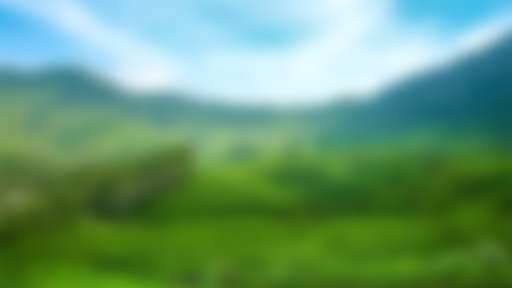
Sorry, we couldn't find anything that matches your search.
Destination

Famous Places to Explore in Hyderabad
A vibrant city with the imposing...

Raipur Tourist Places | Best Place to Visit
The stronghold of several erstwhile...

Ahmedabad
Declared as India's first UNESCO World...
#
Mathura and Vrindavan are known for their Holi celebrations. As the legend goes, as a child, Lord Krishna would cry to his mother about Goddess Radha being fair while he had a dark complexion. His mother then advised him to smear colour on Radha, thus giving birth to Braj ki Holi. It is said that every year, Lord Krishna would travel from his village (Nandgaon) to Goddess Radha’s (Barsana), where Radha and the gopis would playfully beat him with sticks. Today, Holi celebrations in Barsana begin one week before the actual date of the festival, moving to Nandgaon the next day. In Mathura and Vrindavan, the festival is celebrated in different forms like Lathmar Holi in Barsana and Nandgaon, where sticks are used to create playful beats, to which young men and women dance; Phoolon wali Holi in Gulaal Kund near the Govardhan Hill, during which Ras Leela is performed, and Holi is played with colourful flowers; and Widow’s Holi at Vrindavan. The last is one of the most special and emotional celebrations for the widows of the town, who at one time were forbidden to play with colours. Now, clad in white sarees, they smear coloured powder on each other and rejoice in the festivities. Holi celebrations at Banke Bihari Temple are a major attraction for tourists – just as Lord Krishna is believed to have dressed in white and thrown gulaal (colour made from organic substances like flowers and kesar) over his devotees, the priests at the temple follow suit, showering the large crowd with colour and flowers. Chants and prayers can be heard across the premises. Other temples, like Dwarkadhish, also play host to one of the biggest and most energetic Holi celebrations in Mathura. At Dauji Temple, a few kilometres from Mathura, Harunga festivities kickstart. Celebrated a day after the festival, this ritual sees men pouring colour-tinged water over women, who tear their shirts and thrash the men with them.








